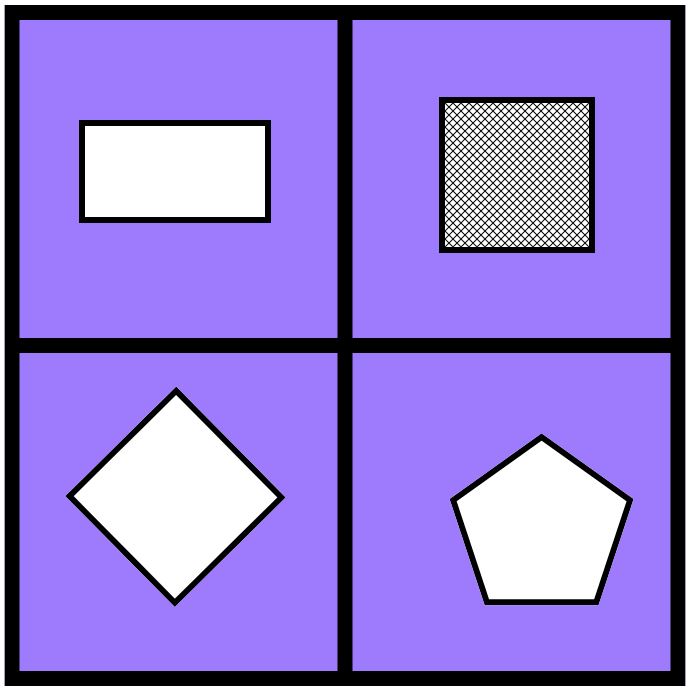Reasoning is at the heart of mathematical thinking. It is what mathematicians do.
The importance of reasoning is acknowledged in most if not all mathematical curriculums. In New South Wales it is a part of working mathematically which is described as the thinking and doing of mathematics. Mathematical reasoning is defined by the writers of the Australian Curriculum as follows:
Students develop an increasingly sophisticated capacity for logical thought and actions, such as analysing, proving, evaluating, explaining, inferring, justifying and generalising. They are reasoning mathematically when they explain their thinking, deduce and justify strategies used and conclusions reached, adapt the known to the unknown, transfer learning from one context to another, prove that something is true or false, and compare and contrast related ideas and explain their choices. - ACARA
With this in mind and a desire to build the capacity of our students to reason, we do well to ask how this might be achieved. How do we teach our students to bring such high order cognitive dispositions to their mathematics?
We begin with creating opportunities which allow for and which require mathematical reasoning. This is likely to involve a shift in our approach.
If I begin by teaching my students a procedure and do so by guiding them step by step through the required process, they are unlikely to be called upon to reason. For the students, the reason for step two of the method is that it comes after step one, and the reason that they are doing any of it is that they were told to. If I then proceed to give my students a page of similar questions which closely resemble the ones used in the guided component of the lesson they will continue to apply the learned method, but will never be required to reason.
Perhaps we begin with something different. Maybe we alter the plan, or maybe we work towards a more significant question.
Let us begin with something different. Let us begin with a prompt that forces us immediately towards reasoning. On the website “Which One Doesn’t Belong” you will find a series of prompts like the one below. The premise is simple; look at the prompt and decide which one doesn’t belong. So far, you have not had to do much reasoning. The next step is the key. Having shared the prompt with a class of students and having received a range of response back from the students, the teacher plays their trump card and asks one of the students to explain and justify their choice. There is no right answer and no wrong answer. What matters is that the student must offer a justification for their response. Repeatedly the teacher calls on a student, asks “Which one doesn’t belong?” and then follows that up with “What makes you say that?”.
Image Source - Which One Doesn’t Belong - https://wodb.ca/shapes.html
The suggestion is not that we spend our days asking our students to make choices from four possibilities. Nor is that we abandon opportunities to teach our students a mathematical method. What is suggested is that the simple pattern demonstrated by the use of “Which One Doesn’t Belong” style prompts is utilised across the mathematical curriculum. When I choose to demonstrate a mathematical procedure, I include time to ask the students to reflect on what we are doing. Slowing the pace and asking students to explain why the process works, begins to engage them in mathematical reasoning even within a direct instruction model.
And we should be clear, problem-solving and inquiry-based mathematics is not guaranteed to result in mathematical reasoning. I must also require my students to justify their thinking, explain the choices that they made, prove their working by an alternate method or through a different medium. Unless I do these things, they may get the right answer but could be relying on memory alone.
And we learn what mathematics is when we are young. If the early years of mathematical life are filled with hours of tasks which only require a good memory, what concept will I have of the discipline? I am likely to pursue a pattern of study where thinking is barely required and creativity is absent? How will I cope when I must transition from learning to memorise methods to reasoning mathematically if I have never been compelled to do this before?
When we are young is also the perfect time to engage with mathematical reasoning. Curiosity is a natural disposition. We learn our way out of it. The young learner wants to know why. It is their favourite question. The clever early years’ teacher will construct environments and learning opportunities which encourage mathematical reasoning. In her book, aptly titled “In the Moment”, Jen Munson describes how this is done. Having placed the child in a situation permissive of mathematical reasoning, the teacher attends to what their learners are doing. They carefully interpret the actions and then decide how they will inject themselves into the moment. Through this process of observing and analysing what is seen, the teacher devises a plan and then provides just the right nudge to allow the child’s thinking to evolve. In classrooms where this pattern is the norm, mathematical reasoning is abundant, and students acquire the foundation they require for a passionate pursuit of the discipline.
While the prospect of teaching mathematical reasoning may seem daunting, it does not need to be. Careful questioning within a classroom culture where thinking is the norm combined with an expectation that methods will be debated and that answers alone are insufficient provides the right environment for reasoning to thrive.
By Nigel Coutts

